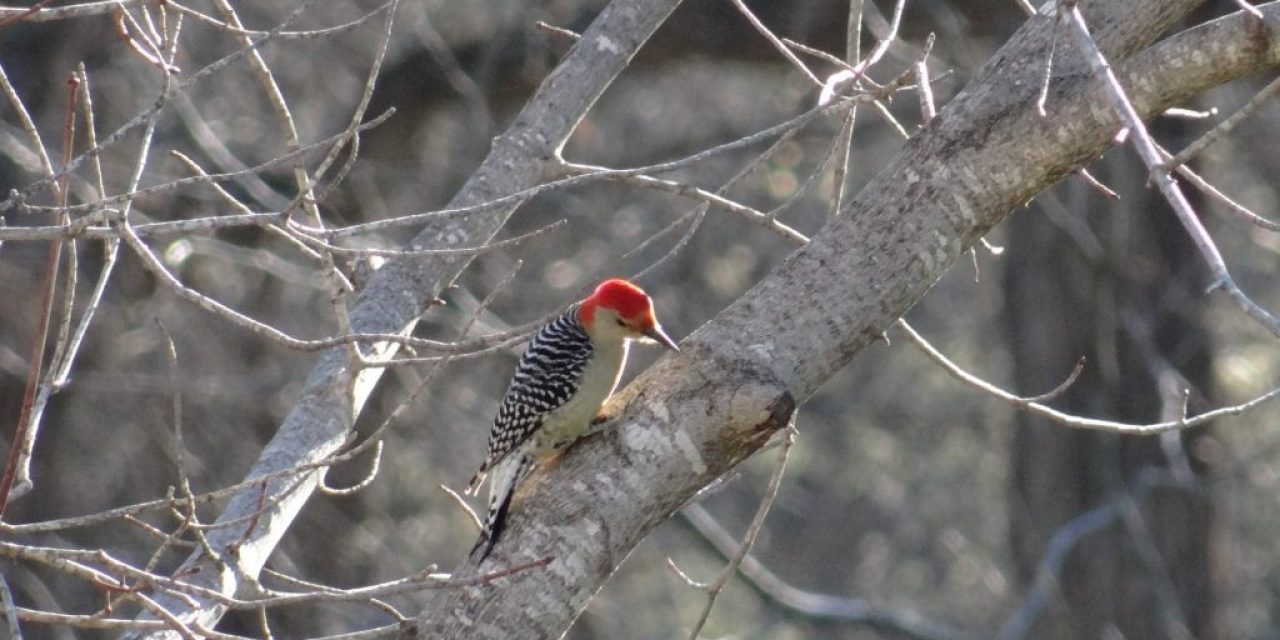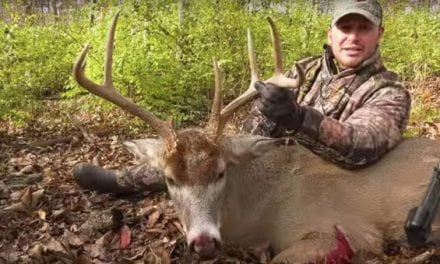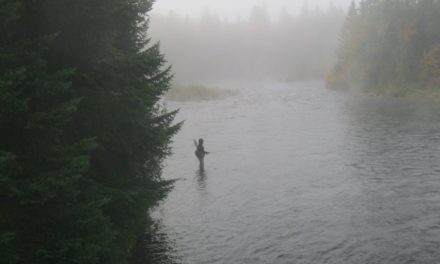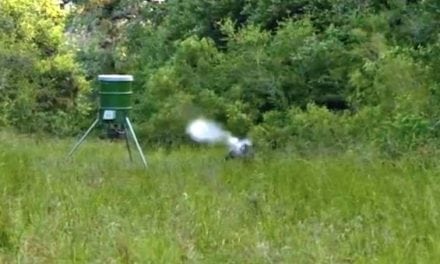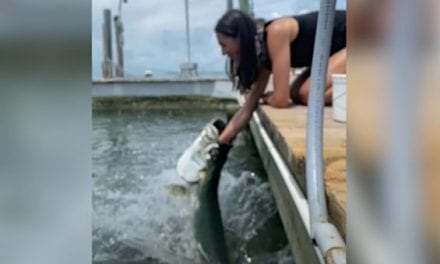I am a hunter. I am an angler. I am a bird watcher.
I love to watch birds, especially when I am hunting or fishing. I love watching all birds, not just the game birds I hunt. I enjoy viewing them intently and trying to capture some halfway decent photos of them.
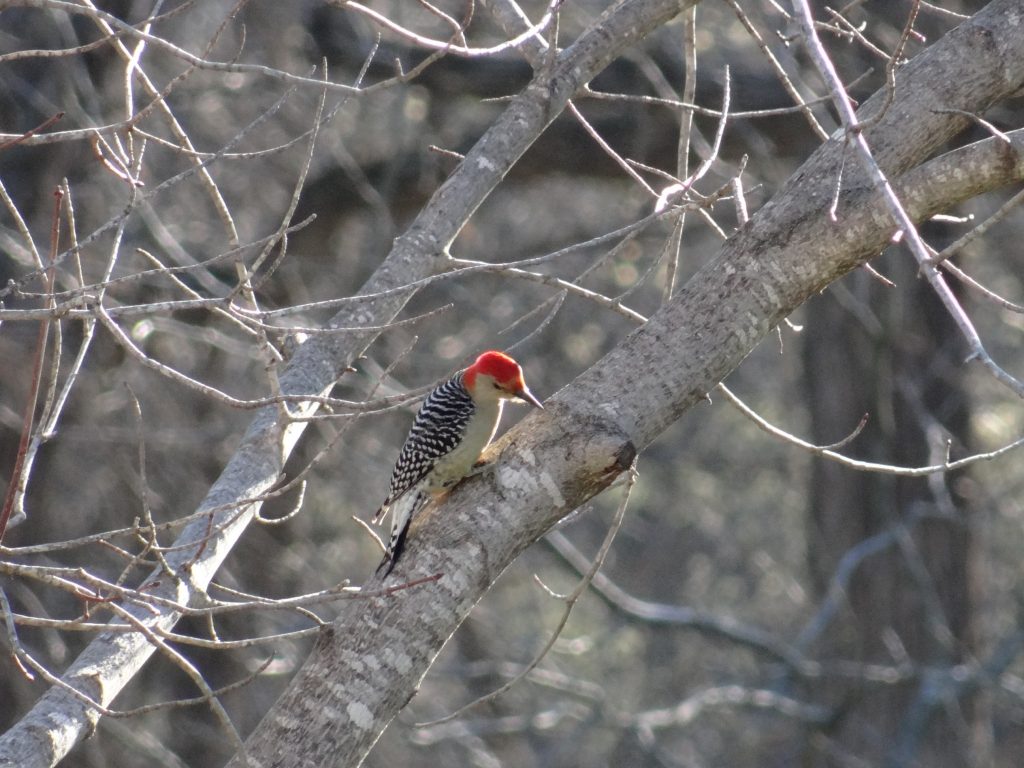
If you’re a hunter or an angler, you should become a bird watcher. I’ll explain why in a moment.
May is a great month to view birds. In fact, May has been declared International Migratory Bird Month or essentially “Bird Month” in Nebraska with many birding activities and events scheduled.
“The goal of Nebraska Bird Month is to help Nebraskans learn about and protect our feathered friends,” said Nebraska Game and Parks wildlife educator Lindsay Rogers. “Public awareness and concern are crucial components of bird conservation.”
To those of you who think birds don’t really matter much, you are so wrong! And you can certainly learn a great deal from them that can greatly assist you in pursuit of game animals and fish.
Birds are important because they keep ecosystems in balance. Birds are important because they pollinate plants, disperse seeds, eat insects, scavenge carcasses and recycle nutrients back into the earth. Birds are important because they serve as a barometer for our environment. Birds are important because they represent a sense of wildness and freedom wherever they exist. Birds are important because they mark the passage of the seasons.
It has often been said by ecologists and wildlife experts that if we save birds, we save the world! After all, what is good for the birds is also good for us, too, right?
I cannot imagine a world without birds!
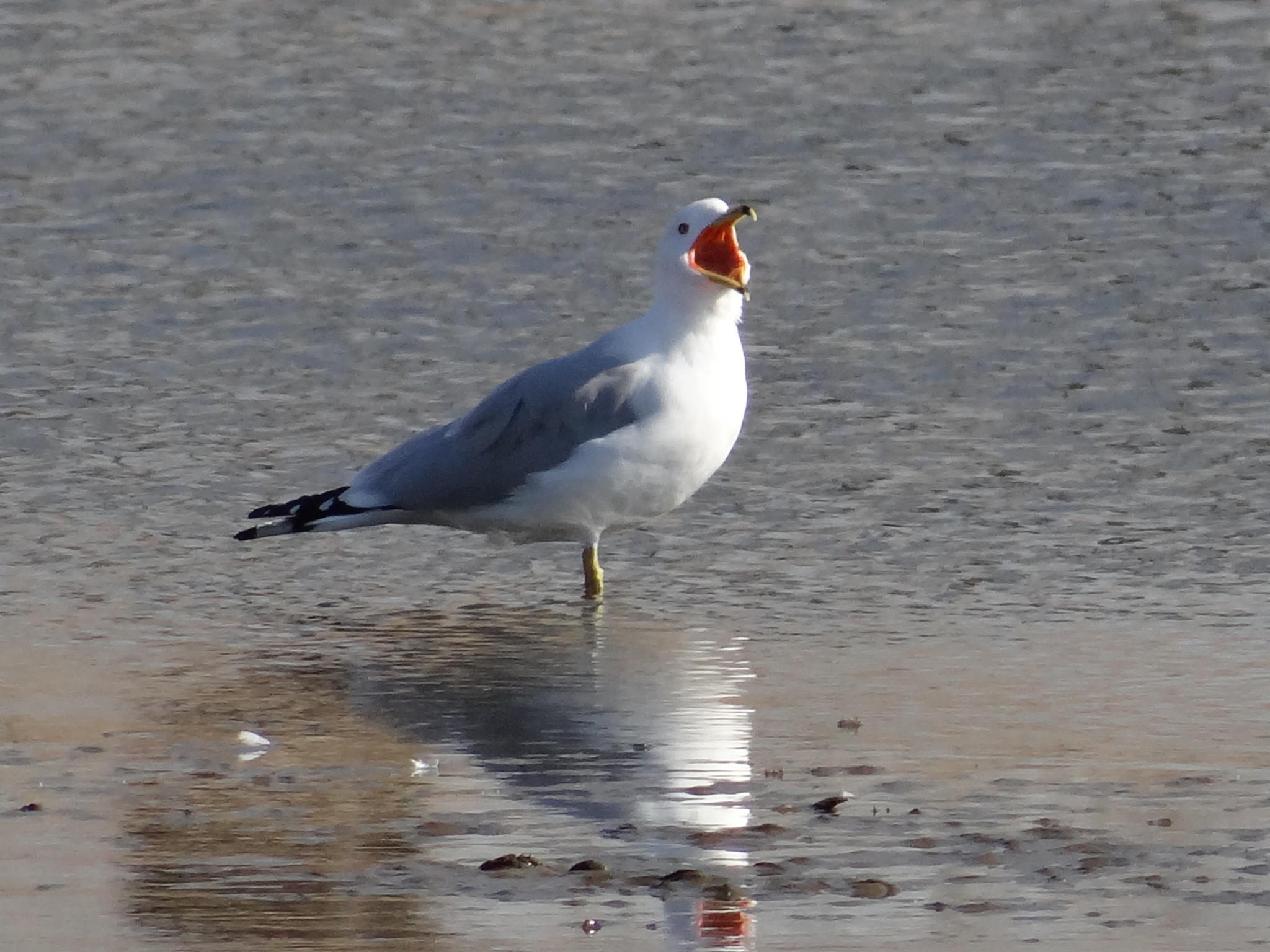
Across the four seasons more than 450 species of birds have been identified in Nebraska.
We hunters and anglers can certainly learn a great deal from our feathered friends. They can alert us to the presence of our quarry for hunting and fishing.
For hunters, know your birds. Why?
Birds are tattletales.
Common blue jays, cardinals, chickadees, nuthatches, sparrows, killdeer, Carolina wrens, crows, turkeys, ducks and other birds have vocal language and physical actions that are great indicators of deer movement no matter what type of habitat you are hunting!

Birds get particularly excited around white-tailed deer; appearing more jittery and uttering this anxiety often. They have distinct calls when they are disturbed or being pushed through timber or along the edge of cover.
When hunting woodlands, for example, the blue jays are among the most easily identified and vocal of all birds. And, they are consistent at letting the hunter know when white-tailed deer or even wild turkeys are on the move. They get agitated with more nervous movements and their calling becomes much sharper with a lot more emotion. Time and again, I have witnessed blue jays almost scolding deer and turkey as they walked on trails through the woods.
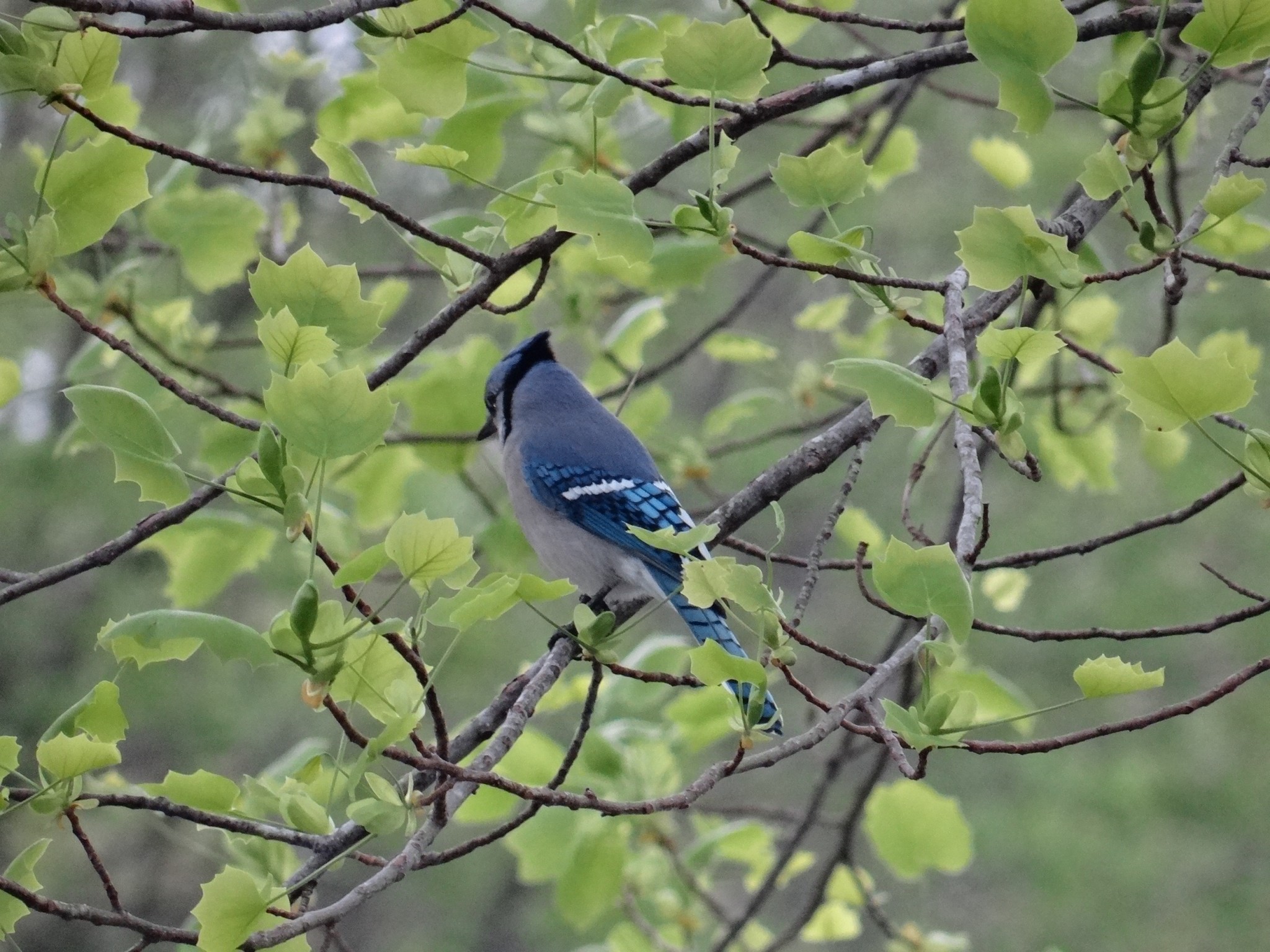
And spring wild turkey hunters know that when barred owls, American crows, rough-legged hawks and other wild turkeys sound off, the gobbles of male wild turkeys give up their location to the hunter.
Also, birds hanging around can assist a hunter.
For waterfowl hunters, non-target, nongame birds such as great blue herons or trumpeter swans in a decoy spread offer safety and security for ducks and geese to land. Having songbirds comfortable around a deer hunting blind or stand give white-tails a sense of calm that “everything is okay with traveling through or feeding in that area.”
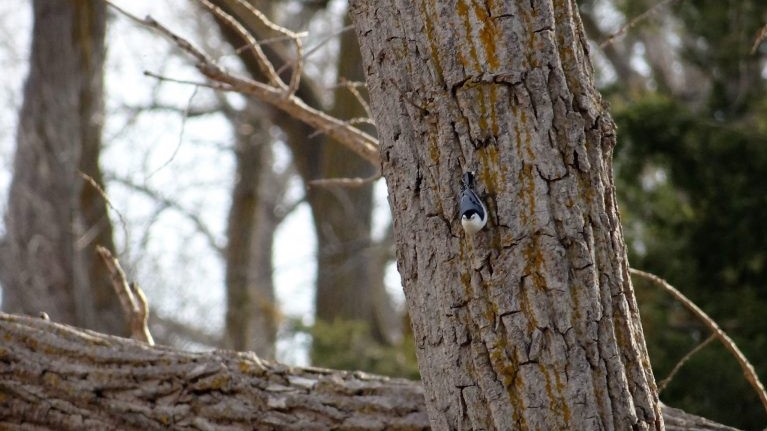
Still not convinced that birds can help you, the hunter?
Consider the Jim Corbett example.
Well-known author, conservationist and professional hunter, Jim Corbett, in his books about hunting the leopards and tigers of India would often locate them from the audible signs and visual signals that small birds would give him. Their distinct warning calls and physical actions would tell him the direction of travel and proximity of the predators as the cats disturbed the small birds while passing through the landscape.
Do you like to fish? You want to catch fish, don’t you? Then look for the birds!
Many bird species such as gulls, pelicans, cormorants, egrets, herons, kingfishers, mergansers and other water birds are devoted to the presence of prey fish or what are called bait fish for food – and noting their locations can be a major clue to unlocking the locations of hungry, predatory game fish that you are seeking.
As the summer season arrives and progresses, prey fish (bait fish) begin to group together in larger and larger schools, and the birds are quick to follow. From largemouth bass to white bass and beyond, paying attention to bird activity can be a big factor with your open water fishing success well into the fall.
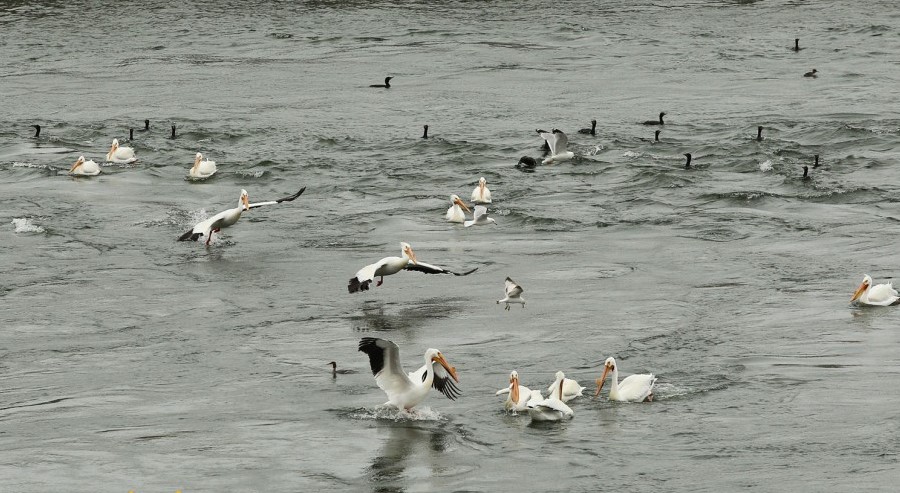
In addition, if you can spot and identify what the birds are consuming, it will help you to match the hatch with an artificial lure. Round up the closest looking lure you have in your tackle box that resemble the bait fish being eaten. Next, cast that lure in or around the school of bait fish to increase your odds of catching those predatory game fish.
If you see birds wheeling about and diving in a specific area of a public water body, there’s probably a good reason to stop and fish there, too. Get this: Regional largemouth bass fishing tournaments have been won by anglers monitoring bird movements and habits and then adjusting their fishing location and presentations accordingly. In the water, active birds’ usually equal active fish.
Besides the benefits that birds provide to the hunter or angler, the pure enjoyment of watching them is priceless and memorable. Trust me, when the fish aren’t biting and game you’re pursuing isn’t moving, you’ll enjoy analyzing and even photographing our feathered friends. I believe bird watching sharpens your senses and shows you how nature is intertwined as well.
All of us who hunt, or fish are merely birders in the rough.
Visit our Birds of Nebraska link here for details on Nebraska birds (identifying characteristics, sounds, habits, locations, etc.).
Good hunting, fishing and bird watching!
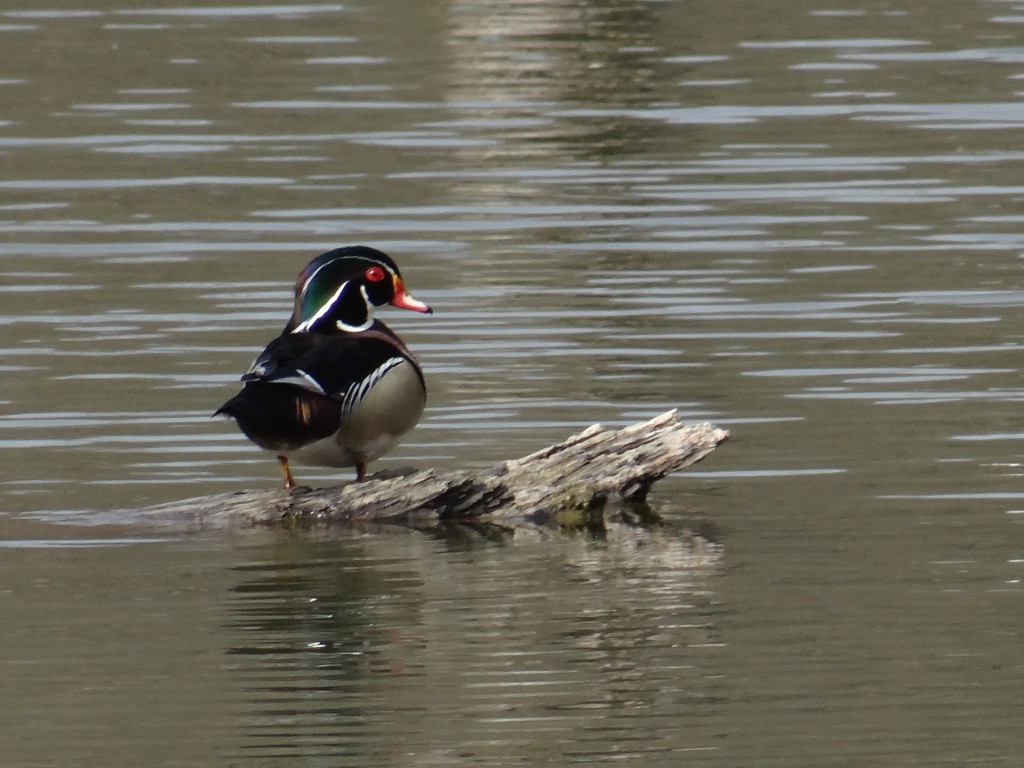
The post Hunters, Anglers: Become Bird Watchers! appeared first on Nebraskaland Magazine.

